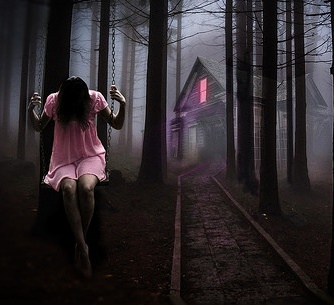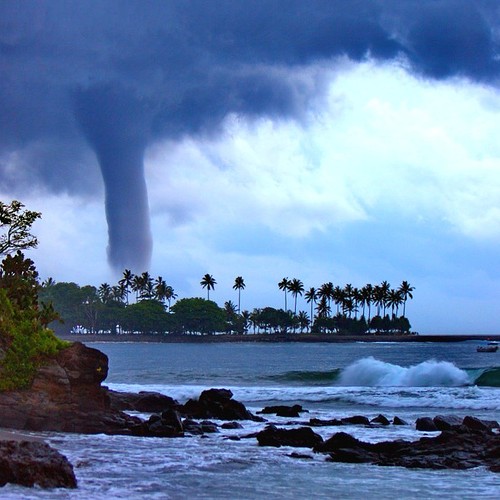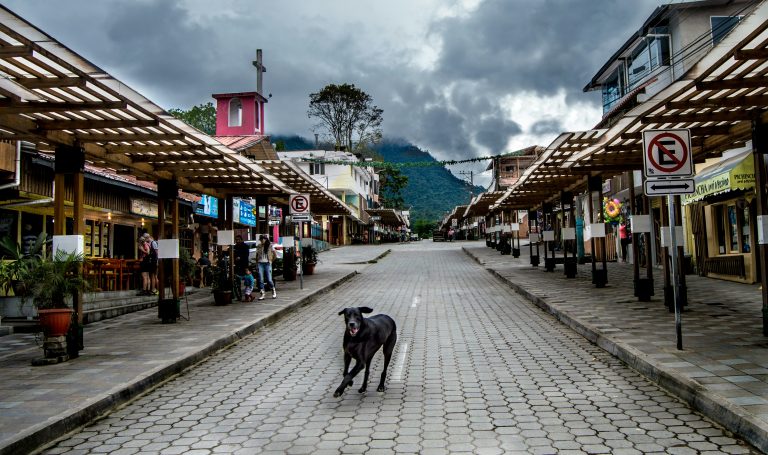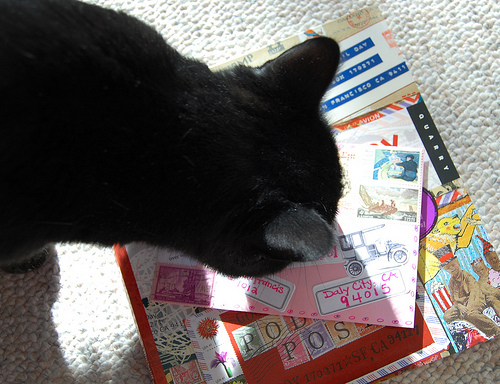Less Is More When It Comes to Setting
On Throwback Thursday, we’re looking at excerpts from past posts on Live Write Thrive. Today’s post is from A Peek inside the…

On Throwback Thursday, we’re looking at excerpts from past posts on Live Write Thrive. Today’s post is from A Peek inside the…

On Throwback Thursday, we’re looking at excerpts from past posts on Live Write Thrive Today’s post is from Settings in Your Novel…

Today’s post is by Becca Puglisi. Settings can be tricky for authors. In our desire to firmly ground readers in…

Editor Robin Patchen wraps up our look at fatal flaw #10: Description Deficiencies and Excesses (If you’ve missed the other posts…

We’ve been looking at settings in your novel: the overall milieu or locale that your story takes place in, as…

“It is impossible to powerfully capture a place via objective description—at least to capture it in a way that readers…

If you think settings in a novel are inconsequential, think again. Consider for a moment how locale has shaped you….

Sad but true, setting and locale in novels is mostly ignored. It’s as if writers feel they must sacrifice attention…

Sol Stein, the famous editor, author, and writing instructor, has a very short chapter in his classic book Stein on…

Subscribe to my email blasts to level up your writing and be notified of upcoming events and offers!
No products in the cart.